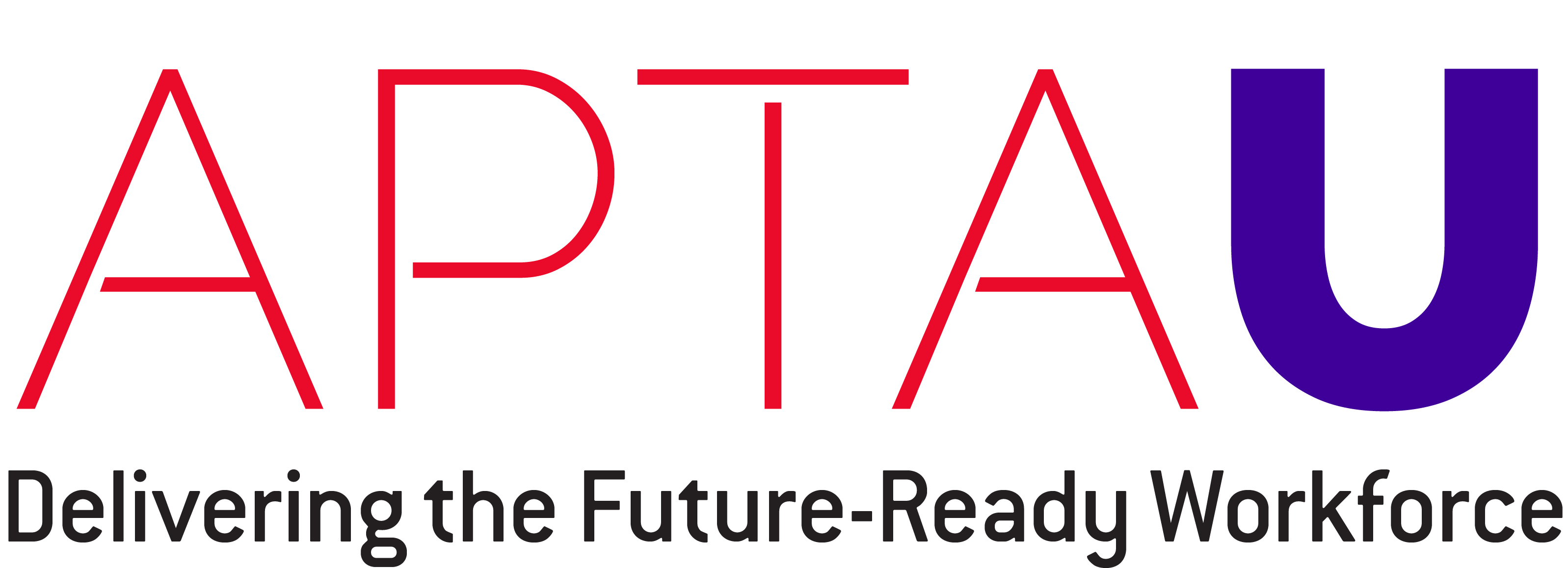
Striking the Right Staffing Balance: What Can We Learn from Recent Capital Expansion Programs? (Leadership APTA 2025)
-
Register
- Member - Free!
Transit agencies face a critical challenge in determining how to balance internal staff and third-party experts when delivering major capital expansion programs. Agencies new to capital delivery may struggle with early decisions due to limited in-house expertise – missteps that can jeopardize a program’s long-term success. For others, a perceived imbalance during expansion can be difficult to correct midstream.
Our capstone team conducted several months of industry research on recent capital expansion programs across the United States, seeking to better understand if there was a “right” balance between public and private sector staffing when advancing a capital expansion program. Through discussions with industry leaders, survey findings, and case studies, we found that there was not a simple, “one-size fits all” answer. Each program that we researched employed a unique approach to capital expansion that was shaped by the history and needs of the implementing agency (or agencies) and various location-specific drivers, such as political dynamics, governance models, funding structure, program scope, and more. In all cases, however, the principles of sound upfront planning, clear roles and governance, strong communication, and adaptability help to set a program up for success. This paper offers strategic insights and valuable takeaways for agencies regardless of where they are in the program lifecycle and what approach they have or plan to take.
Project Team:
- Katherine Ward, NJ Transit, Co-Coordinator
- Leann Caver, C-TRAN, Co-Coordinator
- Amanda Vandegrift, WeGo Public Transit
- Stephen Loehr, MTA Construction and Development
- Ben Stupka, Regional Transit Authority of Southeast Michigan
- Schneider St. Preux, Miami-Dade Transit
